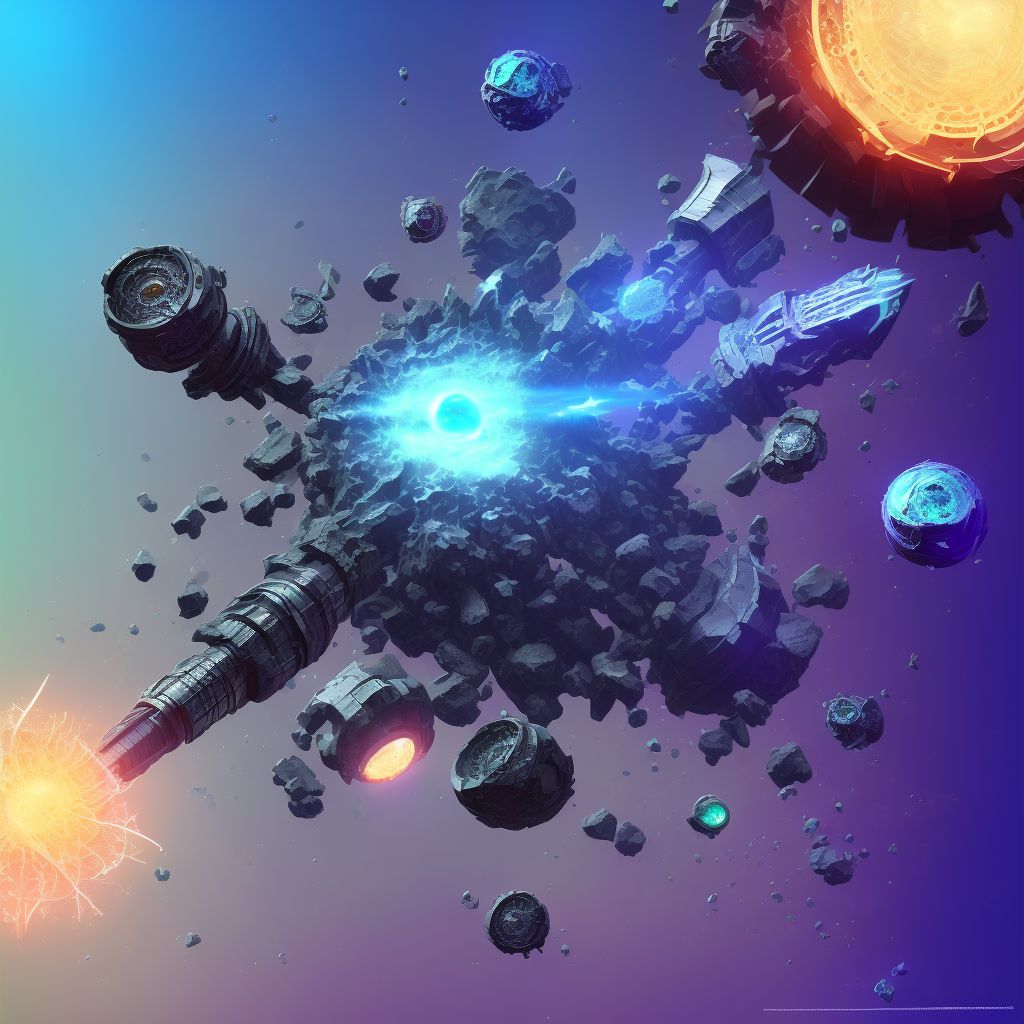
Displaced spiral fracture of shaft of unspecified fibula, subsequent encounter for open fracture type I or II with malunion Save
ICD-10 code: S82.443Q
Disease category: S82.443: Displaced spiral fracture of shaft of unspecified fibula
Displaced Spiral Fracture of Shaft of Unspecified Fibula: Understanding the Condition
A displaced spiral fracture of the shaft of the unspecified fibula refers to a specific type of fracture that occurs when the fibula bone in the lower leg breaks and the fragments are displaced or separated. This type of fracture is commonly caused by a twisting force applied to the bone, resulting in a spiral pattern of the fracture.
When the fracture is classified as a displaced spiral fracture, it means that the broken ends of the bone are not aligned properly and have rotated or twisted around each other. This can lead to complications and require subsequent medical attention.
Furthermore, this specific article focuses on the subsequent encounter for open fracture type I or II with malunion. An open fracture refers to a situation where the broken bone pierces through the skin, increasing the risk of infection. Type I or II open fractures indicate varying degrees of soft tissue damage, with type II being more severe than type I. Malunion refers to the improper healing of the fractured bone, resulting in a misalignment or deformity.
- A displaced spiral fracture may cause pain, swelling, and difficulty in bearing weight on the affected leg.
- Immediate medical attention is necessary to assess the severity of the fracture and provide appropriate treatment.
- During subsequent encounters for open fracture type I or II with malunion, the focus is on managing complications and ensuring proper healing.
- Medical professionals may consider various factors such as the patient's overall health, age, and lifestyle when determining the best course of action.
- Diagnostic tests, such as X-rays or CT scans, may be conducted to evaluate the extent of the fracture, soft tissue damage, and malunion.
- Non-surgical interventions such as immobilization with a cast or brace may be recommended to promote healing.
- Physical therapy and rehabilitation exercises may be prescribed to improve strength, flexibility, and overall functionality of the leg.
In conclusion, a displaced spiral fracture of the shaft of the unspecified fibula, subsequent to an open fracture type I or II with malunion, can be a complex condition that requires careful management. Seeking prompt medical attention and following the recommended treatment plan can help ensure proper healing and recovery.
Treatment of Displaced spiral fracture of shaft of unspecified fibula, subsequent encounter for open fracture type I or II with malunion:
Treatment Options for Displaced Spiral Fracture of the Fibula
A displaced spiral fracture of the shaft of the fibula can be a challenging injury to manage. It typically occurs as a result of a high-energy trauma or a severe twisting force applied to the leg. The subsequent encounter for an open fracture type I or II with malunion requires careful treatment planning to promote prope...
To see full information about treatment please Sign up or Log in